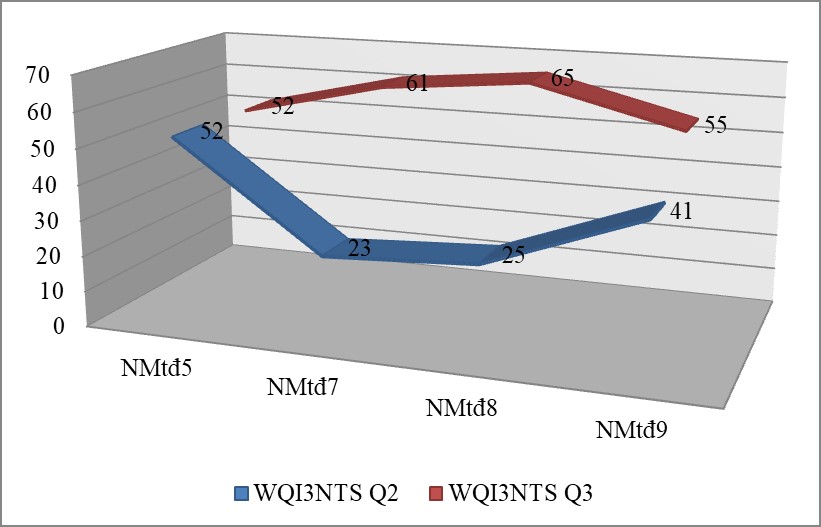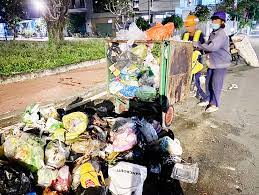06. NGHIÊN CỨU THỰC TRẠNG VÀ ĐỀ XUẤT GIẢI PHÁP NÂNG CAO CÔNG TÁC QUẢN LÝ CHẤT THẢI RẮN TẠI TRƯỜNG ĐẠI HỌC QUY NHƠN
Giới thiệu
Trong xu thế phát triển bền vững, sử dụng hiệu quả tài nguyên và việc thực thi theo Luật bảo vệ môi trường thì quản lý và xử lý chất thải rắn (CTR) là điều rất đáng quan tâm. Theo đó, CTR cần được phân loại và giảm thiểu tại nguồn trước khi chuyển giao cho đơn vị khác xử lý. Trong khuôn khổ Trường Đại học Quy Nhơn, CTR chưa được phân loại và xử lý. Hiện tại, toàn bộ lượng CTR phát sinh tại trường đều chuyển giao cho các đơn vị chức năng để xử lý. Điều này, gây lãng phí tài nguyên và gây ô nhiễm môi trường. Kết quả nghiên cứu tiến hành thu 105 mẫu CTR phát sinh từ các hoạt động trường ĐHQN nhằm phân loại, xác định thành phần và khối lượng CTR, cho thấy: Khối lượng CTR phát sinh trung bình là 1262,69 kg/ngày. Thành phần CTR trong trường rất đa dạng, bao gồm hơn 13 thành phần, trong đó tập trung thành 4 loại chính: CTR hữu cơ dễ phân hủy chiếm 98,7497 %; CTR vô cơ có thể tái chế, tái sử dụng chiếm tỉ lệ 1,2394 %; CTR vô cơ không thể tái chế, tái sử dụng chiếm 0,0012 % và CTR nguy hại chiếm 0,0097 %. Vì thế, việc nâng cao giải pháp quản lý CTR, giảm thiểu lượng rác thải tại nguồn trước khi chuyển giao là điều rất có ý nghĩa và cần thiết đặt ra.
Toàn văn bài báo
Trích dẫn
[2]. Quốc hội nước Cộng hòa xã hội chủ nghĩa Việt Nam (2020). Luật Bảo vệ môi trường. Luật số 72/2020/QH 14.
[3]. Nguyễn Văn Phước (2008). Giáo trình quản lý và xử lý chất thải rắn. NXB. Xây dựng.
[4]. Thông tư số 02/2022/BTNMT. Thông tư quy định chi tiết một số điều thi hành luật BVMT.
[5]. Trường Đại học Quy Nhơn (2017, 2018, 2019, 2020). Báo cáo năm về quản lý chất thải rắn và chất thải nguy hại.
[6]. William A. Worell (2011). Solid Waste Engineering. Bucknell University.





